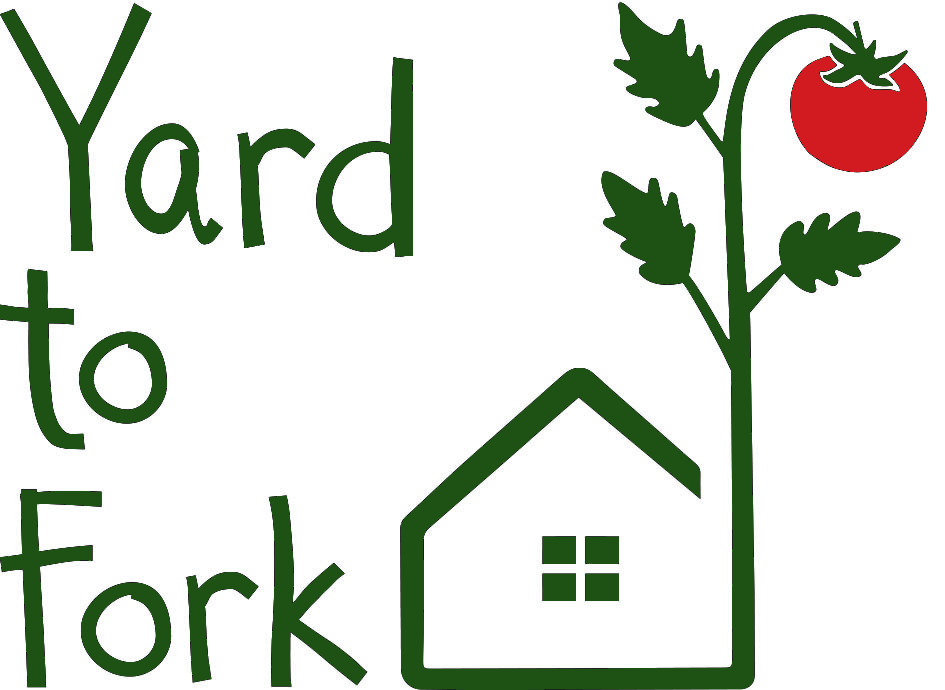Pest Profile: Tomato Hornworm
/Both beautiful and destructive, Tomato Hornworms are the scourge of many a Summer garden. They seem to get large in the blink of an eye, often surprising you when you find them attempting to blend into a tomato stem. They are likely to be the largest caterpillars you see in the vegetable garden. You’ll notice the telltale thin spike, or horn, on the opposite end from the head, and their striping pattern makes them hard to spot, despite their size. Large, black or green droppings on the ground beneath tomato plants often indicate the presence of hornworms before you spot them. Adult moths have a wingspan up to 5 inches, some of the biggest moths you’re likely to see around.
Infestations tend to be more severe in warm inland areas like the Sacramento Valley. The larval form, which is the green caterpillar we see, is the only stage that causes damage. Eggs are laid singly on leaves, the larvae hatch and feed, and then burrow into the soil to pupate in large, shiny, brown chrysalises, like you can see here. The adult moth develops over the winter and emerges in the Spring.
Damage by hornworm larvae is usually most common in Midsummer, but there may also be a small population peak of larvae in the late Summer. Entire leaves and small stems may be consumed, and large pieces from green or red fruit may also be chewed. If left unchecked, tomato hornworms can take a huge toll on tomato production, so it is best to stay vigilant and check plants regularly starting in early Summer.
The most effective way to deal with hornworms is to handpick them and take them off site (putting them in a municipal compost bin is enough). You can snip them with shears first to guarantee they don’t crawl away while you aren’t looking. Natural enemies normally keep populations under control in cooler areas; both hornworm eggs and larvae are attacked by several predators that occur naturally in the garden. However, it is best to help out our insect allies and routinely search for them. And, when turning the soil in your beds between Winter and Spring, be sure to keep your eyes open for the pupae and remove them. With just a little bit of diligence, you can ensure that your tomato plants outlast the tomato hornworm and stay healthy and happy!
Want to learn more about your garden specifically? We would love to come and educate you and your family about the different pests and plants that are in your garden. Schedule a coaching service with one of our master gardeners today!







